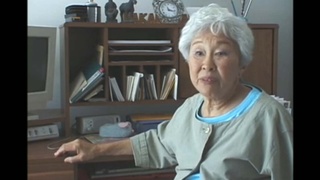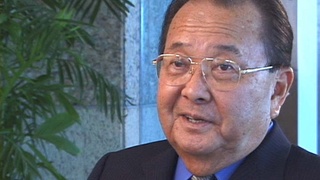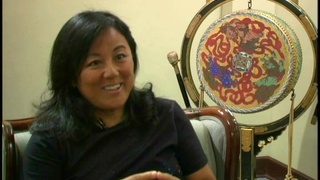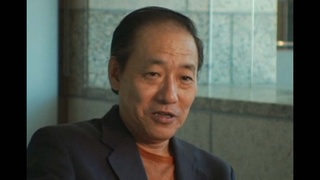Interviews
How we were treated on plantation after the attack on Pearl Harbor (Japanese)
(Japanese) I don’t know how to describe it. I was just sad. But they treated us well on the plantation. Every day they would give us face masks first. And every morning when we gathered, the plantation owner, our boss would hand this note to gaijin (non-Japanese foreigners). I thought, they wouldn’t give us the note because we are Japanese, so I asked them. Then they told me, don’t say anything bad to these Japanese people because they are good Japanese people, different from the ones in Japan, that’s what they wrote. I felt so thankful. Just a few moments ago I was thinking, they treated us that way because we were Japanese. But it wasn’t like that.
Date: June and July, 1991
Location: California, US
Interviewer: Robert Nakamura, Karen Ishizuka
Contributed by: Watase Media Arts Center, Japanese American National Museum









